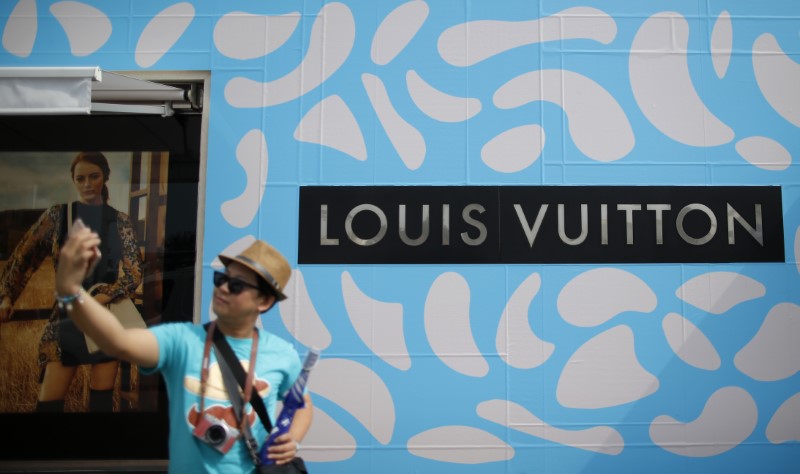China’s Xi speaks with Trump by phone, discusses Taiwan and bilateral ties
Investing.com -- The luxury industry is facing a structural shift rather than a temporary soft patch, Berenberg analysts say, arguing that optimism around a creative reset and pricing adjustments misses the core issue: demand, not supply.
The broker notes that 2025 is set to mark only the third time in three decades that global luxury revenues decline for two consecutive years – the previous instances being during the dot-com bust and the global financial crisis.
Unlike those periods, equity markets are at record highs, making the current downturn more concerning.
Despite this, consensus continues to model a rebound in six months, a pattern Berenberg describes as a persistent optimism bias in sector forecasts.
Analysts led by Nick Anderson now expect medium-term growth of just 2-3% compared with the historic 6% pace, citing a “perfect storm” of weaker Chinese spending, a squeeze on aspirational buyers and fading engagement from Gen Z.
While tourism remains one-third of industry revenue, Berenberg says it has not recovered to 2015 levels and that a strong euro adds an additional near-term drag on sales.
China, which accounts for 21% of luxury spend by nationality, is described as structurally impaired by debt, demographics and deflation. Aspirational consumers, who drive around 60% of global sales, are cutting back under pressure from inflation, housing costs and anxiety around AI-related job security.
Gen Z, once expected to be the new engine of luxury growth, is instead turning to second-hand and “dupe” markets, signalling a rebellion against luxury’s price-value equation.
Meanwhile, absolute wealth-driven consumers remain resilient, creating a two-speed market that benefits only the very top tier of brands.
In the U.S., Berenberg sees potential for market share gains but warns that spending increasingly tracks equity market wealth effects.
“Spend by Americans on luxury depends on the S&P 500 and thus risks becoming a leveraged bet on AI,” the analysts wrote. The strong equity backdrop supports true luxury demand, but it reinforces the divide between high-end spending and income-sensitive categories.
Berenberg maintains a clear positioning view: long absolute, short aspirational; long U.S., short China; long jewellery and soft luxury, short watches and hard luxury; and long sporting goods relative to luxury.
Brunello Cucinelli, Hermès and Ferrari stay Buy-rated, backed by scarcity value, pricing power and low reliance on China or aspirational shoppers.
LVMH is cut to Hold due to its broader exposure to entry-level categories, while Kering is downgraded to Sell on expected top-line pressure.
Swatch is also Sell-rated on watch market dynamics. Moncler and Richemont remain Hold.
On the valuation front, analysts note that multiples remain elevated versus pre-2017 levels, while margins face pressure as revenue lags input and wage inflation, putting not just earnings but multiples at risk.
